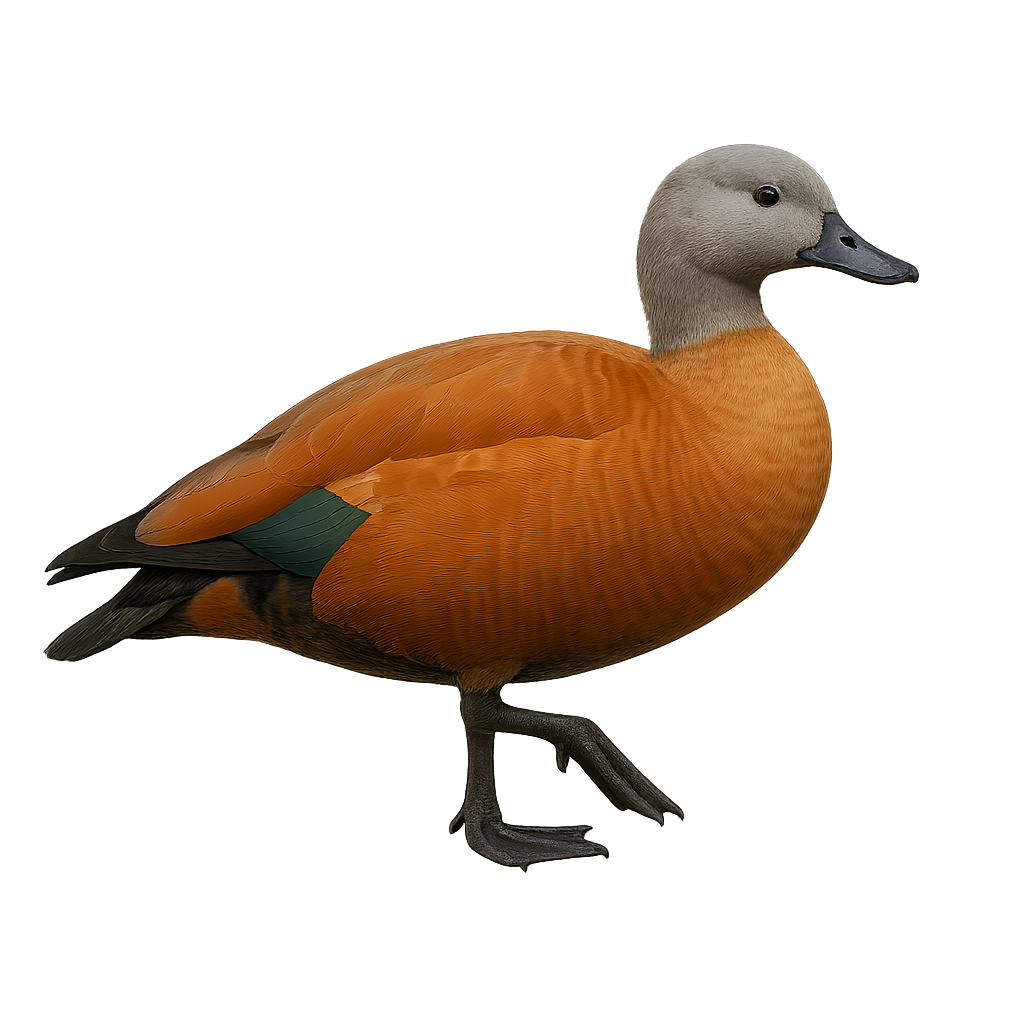Your wildlife photography guide.
Explore the south african shelduck in detail, study its behavior, prepare your shots.
Where to observe and photograph the south african shelduck in the wild
Learn where and when to spot the south african shelduck in the wild, how to identify the species based on distinctive features, and what natural environments it inhabits. The WildlifePhotographer app offers tailored photography tips that reflect the south african shelduck’s behavior, helping you capture better wildlife images. Explore the full species profile for key information including description, habitat, active periods, and approach techniques.
South African Shelduck
Scientific name: Tadorna cana

IUCN Status: Least Concern
Family: ANATIDAE
Group: Birds
Sensitivity to human approach: Suspicious
Minimum approach distance: 10 m
Courtship display: June to August
Incubation: 30-32 jours
Hatchings: July to September
Habitat:
Lakes, marshes, rivers, open grasslands
Activity period :
Primarily active during the day, with peak activity in the morning and late afternoon.
Identification and description:
The South African Shelduck, or Tadorna cana, is a medium-sized duck known for its greyish head and reddish-brown plumage. Males and females exhibit marked sexual dimorphism, with males having a lighter head. They primarily inhabit the wetlands of southern Africa, including South Africa, Lesotho, and Namibia. These birds prefer lakes, marshes, and rivers but can also be found in open grasslands. They are often seen in pairs or small groups. Their diet mainly consists of aquatic plants, insects, and small invertebrates. Although their population is stable, they are sometimes threatened by habitat loss and hunting.
Recommended lens:
400mm – adjust based on distance, desired framing (portrait or habitat), and approach conditions.
Photography tips:
To photograph the South African Shelduck, it is advisable to use a telephoto lens of at least 400mm to capture detailed images without disturbing the bird. Opt for early morning or late afternoon hours when the light is soft and flattering. Be patient and discreet, approaching slowly to avoid startling it. A tripod can be useful for stabilizing your camera, especially if using slower shutter speeds. Observe its behavior and wait for it to relax to capture natural shots.
The WildlifePhotographer App is coming soon!
Be the first to explore the best nature spots, track rutting seasons, log your observations, and observe more wildlife.
Already 1 439 wildlife lovers subscribed worldwide

